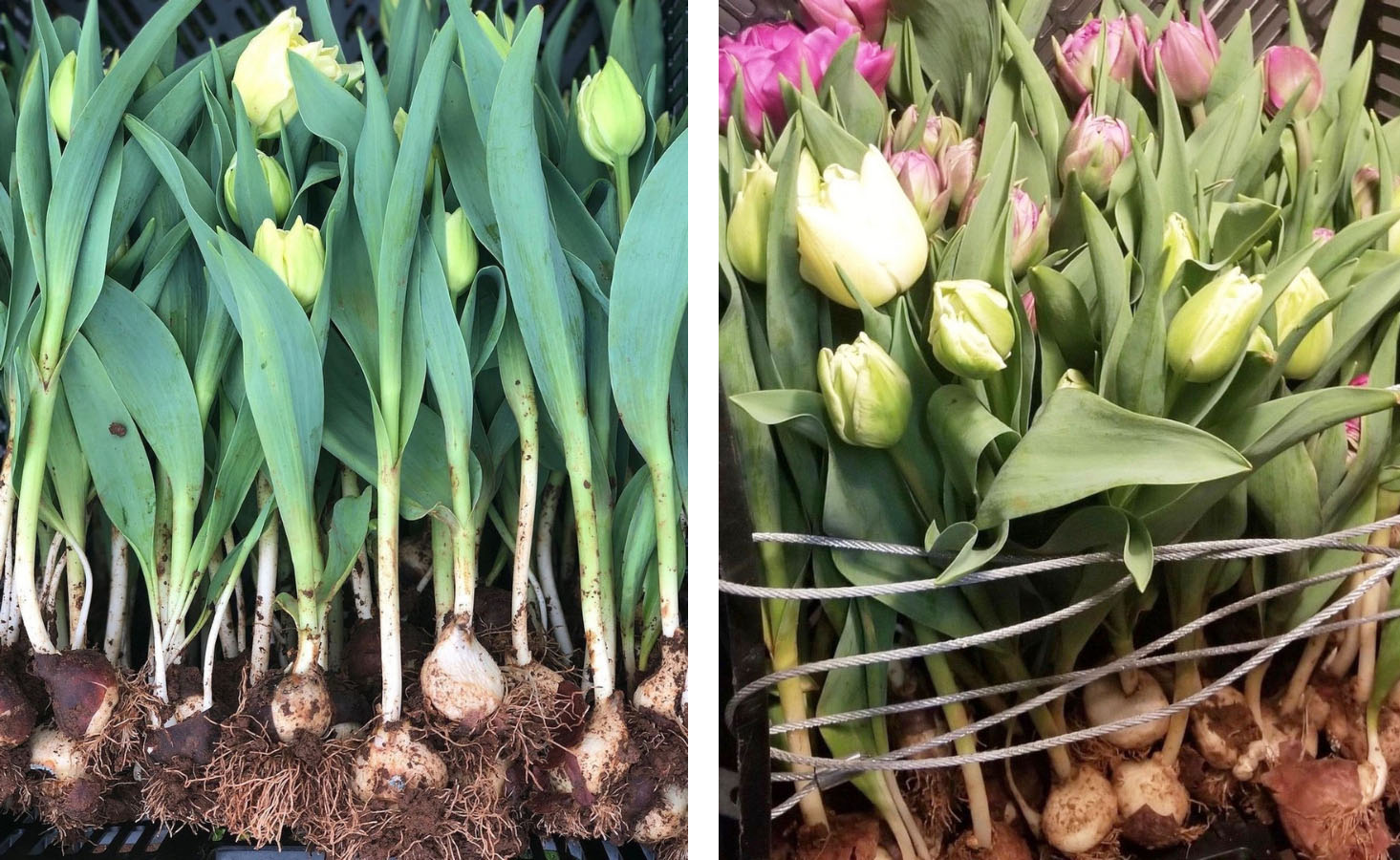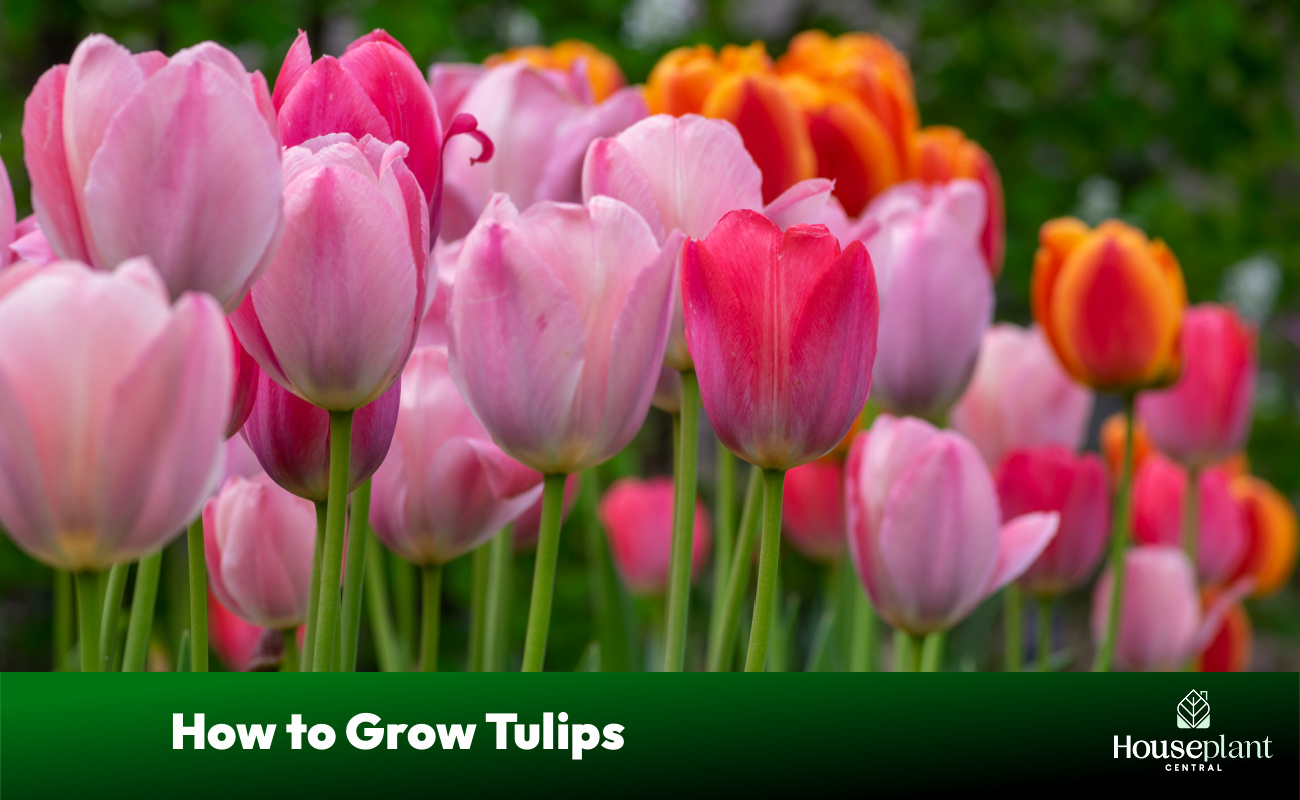What Makes Tulips Thrive?
When it comes to growing tulips, understanding the ideal conditions is crucial for their success. Tulips require a specific combination of climate, soil, and sunlight to thrive, and identifying the perfect balance of these factors is key to their growth. So, where do tulips grow best? The answer lies in finding the ideal environment that meets their needs. By understanding what makes tulips thrive, gardeners and flower enthusiasts can create the perfect conditions for these lovely flowers to flourish. Whether you’re a seasoned gardener or a beginner, knowing the ideal conditions for growing tulips is essential for enjoying their beauty and vibrancy.
The Role of Climate in Tulip Growth
Climate plays a vital role in tulip growth, and understanding the ideal temperature range, precipitation, and wind protection is essential for their success. Tulips thrive in cool, temperate climates with moderate temperatures between 35°F and 55°F (2°C and 13°C). Extreme temperatures, either hot or cold, can be detrimental to tulip growth. Additionally, tulips require adequate precipitation, with an annual rainfall of at least 20 inches (50 cm) to ensure healthy growth. Wind protection is also crucial, as strong winds can damage tulip stems and flowers. By understanding the ideal climate conditions, gardeners can create an environment that fosters healthy tulip growth and beautiful blooms. In regions where the climate is less than ideal, gardeners can take steps to mitigate the effects, such as providing shade or windbreaks. So, where do tulips grow best? The answer lies in finding regions with the perfect balance of temperature, precipitation, and wind protection.
Soil Secrets: How to Create the Perfect Bed for Tulips
Soil quality and composition play a crucial role in tulip growth, and understanding how to prepare and maintain the ideal soil conditions is essential for their success. Tulips thrive in well-draining, fertile soil with a pH between 6.0 and 7.0. A mix of organic matter, such as compost or manure, and perlite or vermiculite can help improve soil structure and drainage. Additionally, tulips benefit from a layer of mulch to retain moisture and suppress weeds. When preparing the soil, it’s essential to remove any debris, rocks, or weeds that can compete with tulips for water and nutrients. By creating a rich, fertile soil environment, gardeners can provide tulips with the necessary foundation for healthy growth and vibrant blooms. In regions where the soil is less than ideal, gardeners can take steps to amend the soil, such as adding organic matter or adjusting the pH. So, where do tulips grow best? The answer lies in finding regions with rich, fertile soil that provides the necessary support for tulip growth.
How to Provide the Right Amount of Sunlight for Tulips
Providing the right amount of sunlight is crucial for tulip growth and blooming. Tulips require full sun to partial shade, depending on the variety. In general, tulips need at least six hours of direct sunlight per day to produce vibrant blooms. However, in warmer climates, tulips may benefit from partial shade to prevent scorching. When selecting a location for tulips, it’s essential to consider the orientation of the bed. A south-facing bed receives the most sunlight, while a north-facing bed receives the least. East- and west-facing beds receive moderate sunlight. Additionally, gardeners can use shading techniques, such as planting tulips under trees or using shade cloth, to filter the sunlight and prevent overheating. By providing the right amount of sunlight, gardeners can encourage healthy tulip growth and stunning blooms. In regions where sunlight is limited, gardeners can take steps to maximize the available light, such as using reflective mulch or pruning nearby plants. So, where do tulips grow best? The answer lies in finding regions with the ideal balance of sunlight and shade.
The Best Regions for Growing Tulips
Tulips are one of the most adaptable flowers, capable of thriving in a wide range of regions and climates. However, some regions stand out as ideal for growing tulips, offering the perfect combination of climate, soil, and sunlight. The Netherlands, known as the “tulip capital” of the world, is one of the top regions for growing tulips. The country’s cool, maritime climate and rich, fertile soil create an ideal environment for tulip growth. The United States is another prime location, with regions like the Pacific Northwest and the Northeast offering the perfect balance of temperature and moisture. Canada, particularly the provinces of British Columbia and Ontario, also provide an ideal climate for tulip growth. In these regions, tulips can be grown with minimal maintenance, producing vibrant blooms that last for weeks. So, where do tulips grow best? The answer lies in finding regions with a cool, temperate climate, rich soil, and ample sunlight. By understanding the ideal conditions for tulip growth, gardeners can create a tulip paradise in their own backyard.
Tulip-Friendly Zones: Understanding Hardiness and Planting Times
When it comes to growing tulips, understanding hardiness zones is crucial for success. Hardiness zones are geographic regions defined by their average annual extreme minimum temperature, which affects the growth and survival of plants. Tulips are typically hardy in zones 3-8, meaning they can thrive in regions with temperatures ranging from -40°C to 10°C (-40°F to 50°F). However, some varieties can tolerate warmer or colder temperatures, making it essential to choose the right variety for your region. Planting times also vary depending on the hardiness zone. In zones 3-5, tulips should be planted in the fall, about 6-8 weeks before the first frost. In zones 6-8, tulips can be planted in the spring, after the last frost. By understanding the hardiness zone and planting times for your region, you can ensure that your tulips receive the right conditions to thrive. So, where do tulips grow best? The answer lies in finding regions with the ideal hardiness zone and planting times, allowing tulips to bloom beautifully and consistently.
Common Mistakes to Avoid When Growing Tulips
While tulips are relatively easy to grow, there are some common mistakes that can hinder their growth and prevent them from blooming beautifully. One of the most critical mistakes is overwatering, which can lead to root rot and other diseases. On the other hand, underwatering can cause tulips to become stressed and weak, making them more susceptible to pests and diseases. Inadequate soil preparation is another common mistake, as tulips require well-draining soil with the right pH level to thrive. Additionally, failing to provide tulips with the right amount of sunlight and temperature can also impact their growth. By avoiding these common mistakes, gardeners can create an ideal environment for tulips to grow and thrive. Remember, understanding the ideal conditions for growing tulips is key to creating a tulip paradise, where tulips can bloom beautifully and consistently. So, where do tulips grow best? The answer lies in finding regions with the ideal climate, soil, and sunlight, and avoiding common mistakes that can hinder their growth.
Tips for Growing Tulips in Challenging Environments
Growing tulips in challenging environments requires creativity, patience, and the right techniques. For areas with poor soil, adding organic matter such as compost or well-rotted manure can improve soil structure and fertility. In regions with extreme temperatures, tulips can be protected from frost damage by applying a layer of mulch or straw. In areas with limited sunlight, tulips can be grown in containers and moved to sunnier locations during the day. Additionally, choosing tulip varieties that are specifically bred for challenging conditions, such as ‘Fosteriana’ or ‘Greigii’ tulips, can increase the chances of success. By understanding the specific challenges of your region and using the right techniques, you can still create a tulip paradise, even in the most difficult environments. Remember, where do tulips grow best? The answer lies in finding regions with the ideal climate, soil, and sunlight, and using creative solutions to overcome any challenges that may arise.









:max_bytes(150000):strip_icc()/tulips-planting-and-growing-tulips-1402137-02-706093a4073642429ada61c2839e7240.jpg)